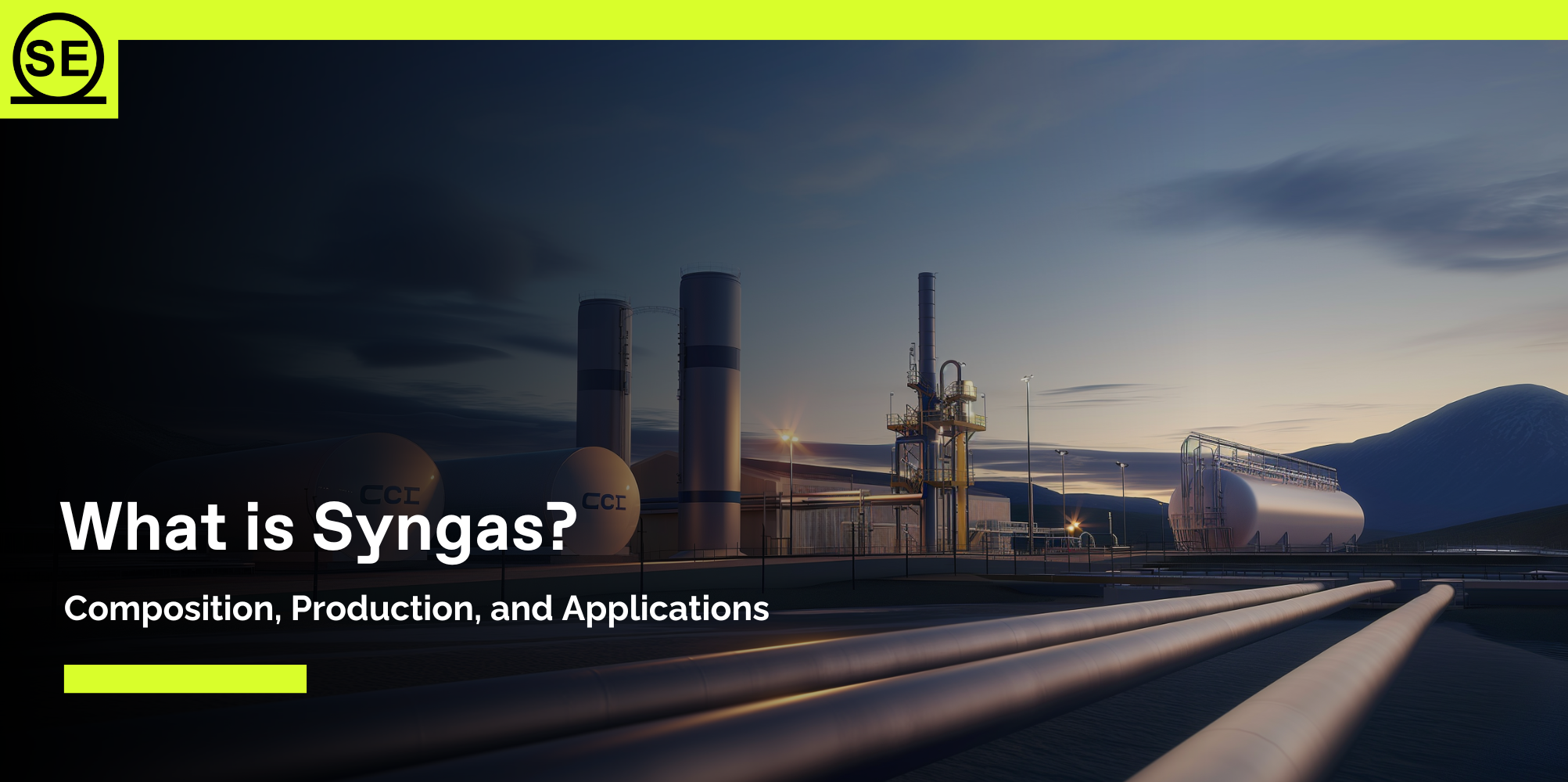
What is Syngas? Composition, Production, and Applications
Synthesis gas, commonly known as syngas, is a crucial component in the energy and chemical industries. Its versatility and conversion into various fuels and chemicals make it an important part of the energy transition discussion.
What is Syngas?
While there are various methods to produce hydrogen, the most common in current industrial use are steam methane reforming (SMR) and electrolysis. These plants are critical in supplying hydrogen for a wide range of applications, from refining oil to producing chemicals, and increasingly, for fuel cells in transportation and power generation.
How is Syngas Produced?
Syngas is typically produced by gasifying carbon-containing materials such as coal, biomass, or municipal waste. The gasification process involves subjecting the feedstock to high temperatures in the presence of a controlled amount of oxygen and/or steam. This process breaks down the molecular structure of the feedstock, resulting in the production of syngas.
- Steam Methane Reforming: This is the most common method for producing commercial bulk hydrogen. Methane from natural gas reacts with steam under high-temperatures and pressures in the presence of a catalyst to produce hydrogen and carbon monoxide.
- Auto-Thermal Reforming: This process combines aspects of both steam methane reforming (SMR) and partial oxidation (POX) to produce hydrogen, carbon monoxide, and carbon dioxide from hydrocarbons, primarily natural gas. This process is termed “autothermal” because it achieves the necessary heat balance internally through the exothermic reaction of partial oxidation and the endothermic reaction of steam reforming, without the need for additional heat. This process requires a technology provider.
- Partial Oxidation (POx): This process requires oxygen to be mixed with a hydrocarbon feed and partially oxidized to produce syngas. This process does not require catalyst, but does typically require soot cleanup along with other required purification. With proper heat integration, this process can minimize carbon emissions. This process requires a technology provider.
- Biomass Gasification: Using organic materials like plant matter or organic waste, biomass gasification serves as a renewable method of syngas production. It not only helps in managing waste but also produces syngas that can be a stepping stone towards renewable energy solutions. This process requires a technology provider.
- Other Technologies: There are other technologies to be incorporated into a syngas process unit for the generation of different ratios of syngas. The Samuel team has the experience to assist in the evaluation of which technology is best suited for specific products.
Applications of Syngas
Syngas has a wide range of applications, making it a highly valuable product in various sectors:
- Hydrogen Production: Given the global push towards hydrogen economies for cleaner energy solutions, syngas stands out as a major source of hydrogen, which can be separated and used for industrial processes and transportation fuels.
- Energy Production: Syngas can be burned directly in turbines to generate electricity. It can also be converted into liquid fuels such as methanol, diesel, and gasoline through the Fischer-Tropsch process, which involves catalytically converting syngas into longer-chain hydrocarbons.
- Chemical Production: Being a rich source of hydrogen and carbon monoxide, syngas is a key intermediate in the manufacture of various chemicals. For example, it’s used to produce ammonia for fertilizer through the Haber process and methanol, which is a base product for many chemical derivatives such as formaldehyde and acetic acid.
Syngas is a versatile and adaptable mixture that plays a crucial role in both traditional and innovative energy solutions. Its ability to be produced from a variety of raw materials, including renewables, adds to its appeal for lower carbon emissions. As technology advances, the efficiency and applications of syngas are expected to expand, further enhancing its role in the global energy landscape.
At Samuel, our syngas and hydrogen team brings a broad range of expertise. With decades of experience, Samuel will maximize value and efficiency at every stage of your syngas project, including engineering, procurement, modular fabrication, and construction. Contact John Cotten (jcotten@samuelengineering.com) to learn more.
